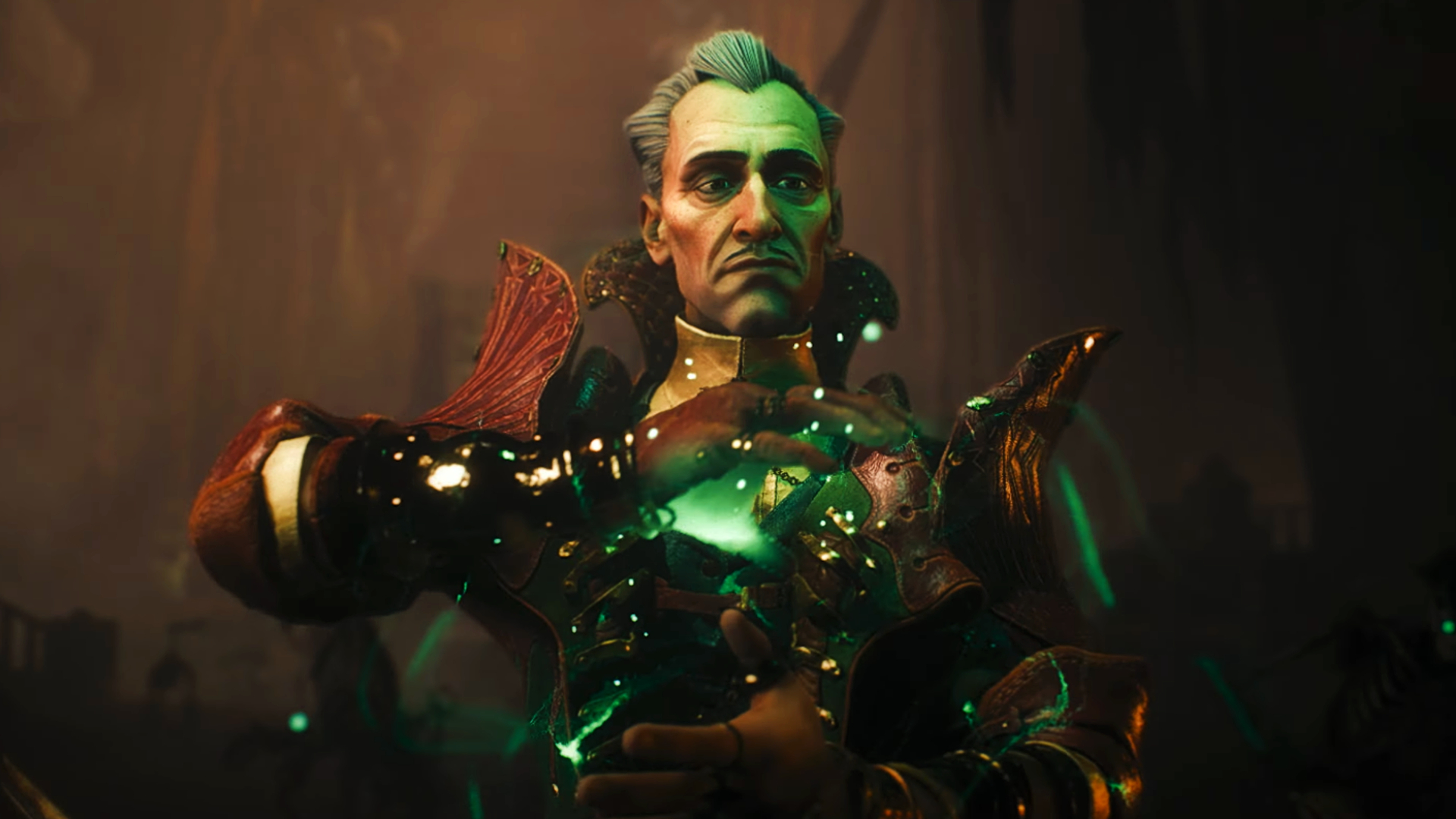An article from
If you use social media, basically at all, you would have definitely noted the rising interest in NFTs, or ‘non-fungible tokens’, as a vehicle for buying and selling digital artworks. Aligned with the broader push on cryptocurrency, NFTs have become the latest tech trend, with people paying thousands, even millions, to own exclusive pieces of digital art, which many are then putting on display on their social profiles.
It’s become a form of in-crowd credibility, even prestige, in some respects. But for those on the outside looking in, it can be difficult to wrap your head around how NFTs actually work, and how they apply to the broader digital connection space.
As a basic definition, ‘non-fungible’ means unique, a token that can’t be interchanged for something else. There is only one of each NFT being sold, which then provides digital artists with a new way to both sell their work, and track subsequent usage.
With NFTs, which are bought and sold via blockchain, the actual ownership of each piece is trackable for the first time, which changes the game for use, and re-use, and brings digital art more into line with classic art trading.
And with Instagram, Facebook, TikTok and Twitter all looking at how to lean into this trend, you can expect to see a lot more on the NFT front spilling into your social media streams. As such, it’s probably worth upping your knowledge, which is what this overview from the team at Expensivity is for.
The below infographic outlines the basics of NFTs, which helps to pain a clearer picture of how they work, and what they mean in the fast-evolving digital eco-sphere.
Maybe it’ll lead to you investing in your first digital piece.

FollowAndrew HutchinsononTwitter
Note: This article have been indexed to our site. We do not claim legitimacy, ownership or copyright of any of the content above. To see the article at original source Click Here












